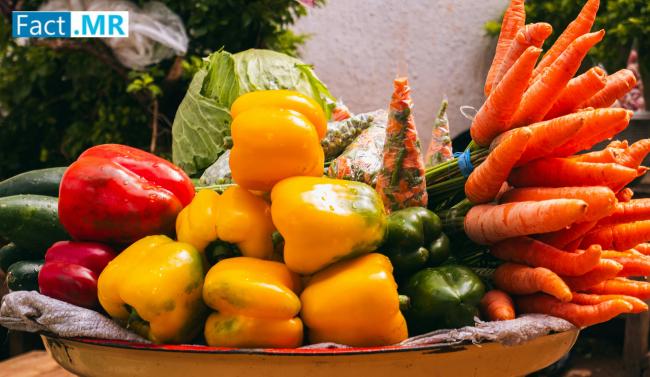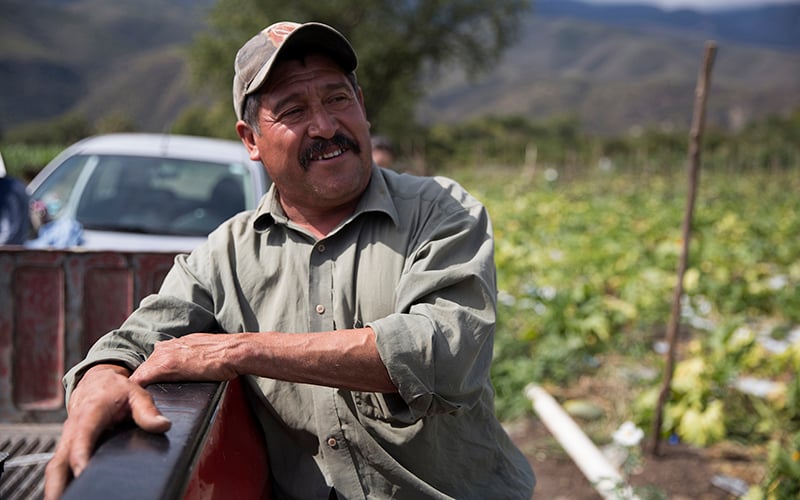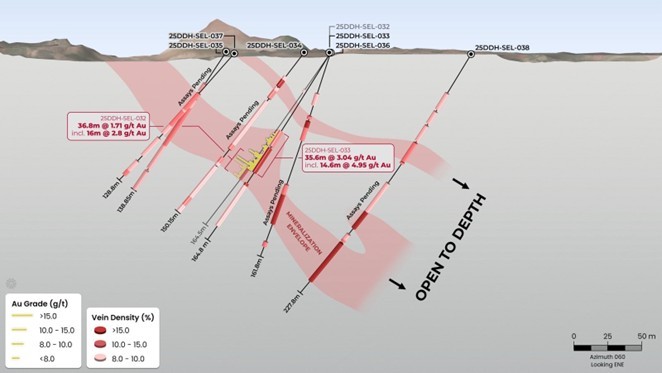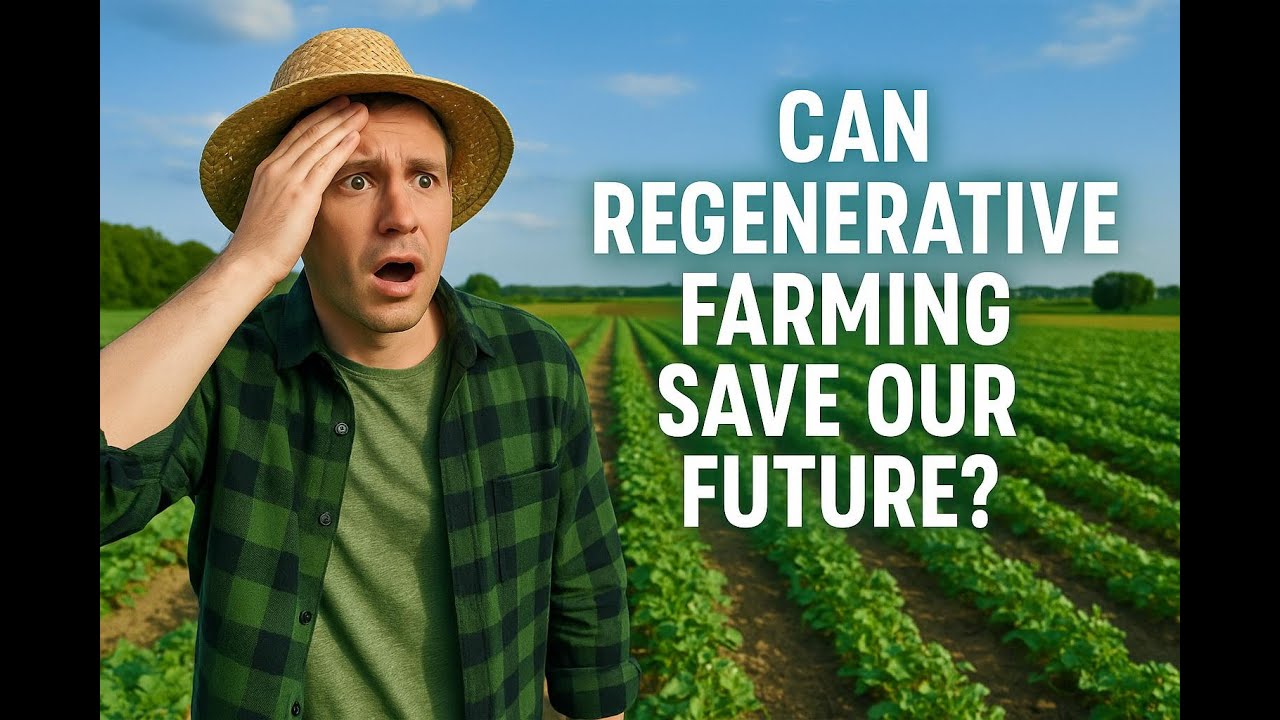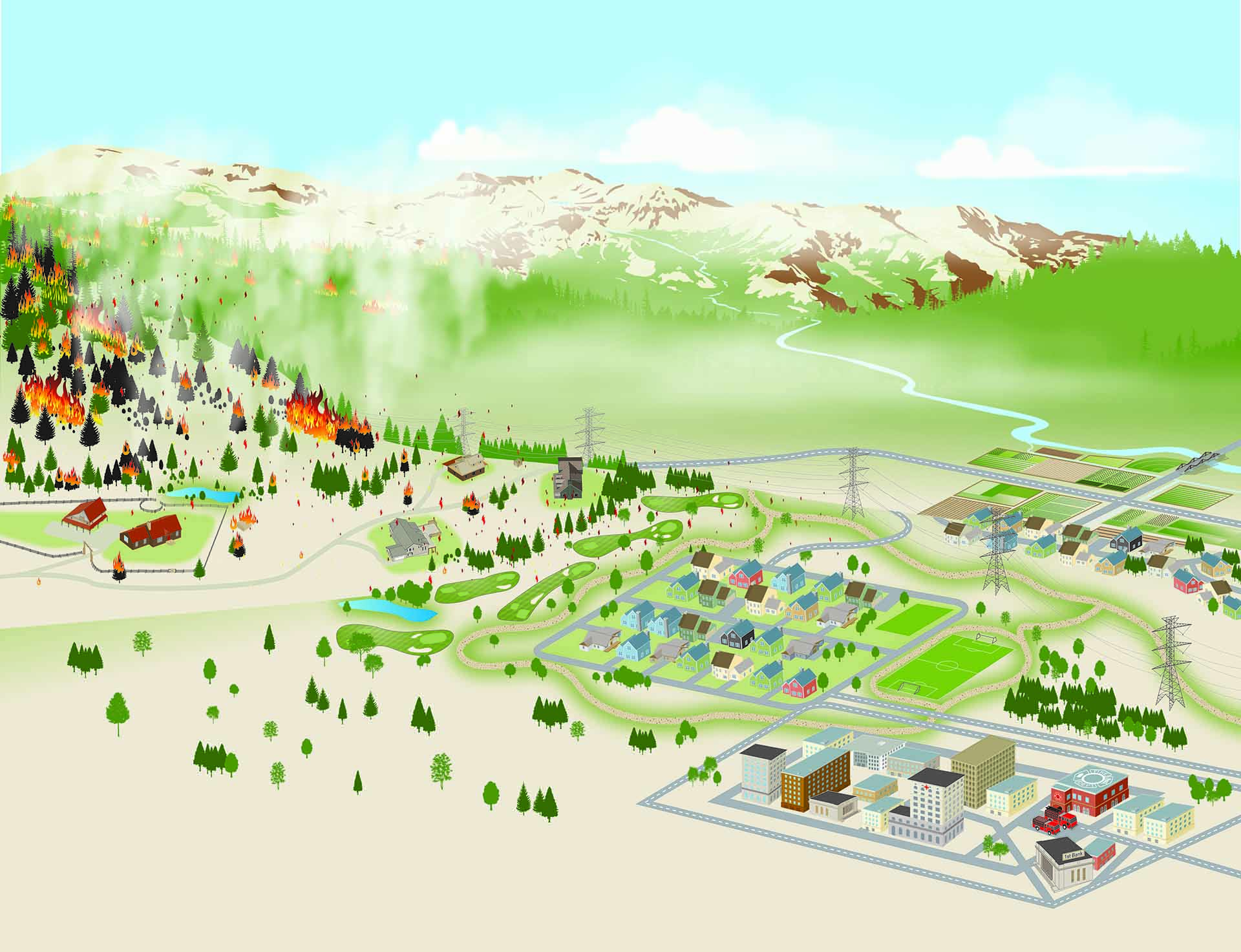
Localised and Climate-Smart Agriculture for Sustainable Development Goals
Introduction
In July 2023, Dasra, a strategic philanthropy organisation, along with think tank Observer Research Foundation (ORF) launched a report titled Our Uncommon Future: Intersectionality of Climate Change and SDGs in the Global South, which explores the impact of climate change on Sustainable Development Goals and on food insecurity and malnutrition.
Addressing Food Insecurity and Climate Change
The report emphasizes the need to treat food insecurity as a humanitarian crisis while also addressing the impact of climate change on agricultural productivity. Extreme weather events caused by climate change are reducing agricultural productivity, highlighting the critical need for nature-based solutions and adaptation.
Links between Traditional Agriculture, Biodiversity, and Economy
Organic farming alone does not guarantee sustainable food production. Traditional agriculture in Odisha’s Koraput plateau demonstrates the complexities of sustainability. While farming in the area is carried out using traditional organic methods, smallholder farmers face pressure to intensify production when market prices fall. This often leads to clearing adjoining forests for more land, resulting in environmental costs.
Indigenous crops, such as tubers and millets, play a significant role in enhancing food security. These crops are grown with traditional methods in localized geographies and contribute to global food security by preserving seed diversity.
Promoting Climate Resiliency through Local Agriculture Initiatives
Local agriculture initiatives strengthen global food systems by shortening farm-to-fork distances. The COVID-19 pandemic highlighted the importance of a combination of global and local food production systems for food resilience. The success story of millets in Odisha showcases the potential of climate-resilient local crops.
Tackling Environmental Variables with Technology
Scaling sustainable farming models is challenging due to environmental variables. Customized methods based on soil, elevation, and other parameters are necessary. Streamlining information flow among stakeholders and integrating climate analysis through technological innovations can help address climate extremes and promote climate-smart agriculture.
The Challenge of Scaling Sustainable Food Production
Scaling food production sustainably to meet global demand is a defining challenge. Regenerative farming can mitigate damage to ecosystems but cannot restore them entirely. A sustained commitment to the Sustainable Development Goals (SDGs) is crucial for addressing global food insecurity and empowering farming communities with knowledge and adaptive solutions.
Sanjog Sahu is the cofounder of Mati Farms & part of an initiative titled #GreenHustlers, focused on fostering a more inclusive and dynamic climate startup ecosystem in India.
SDGs, Targets, and Indicators
SDGs addressed or connected to the issues highlighted in the article:
- SDG 2: Zero Hunger
- SDG 13: Climate Action
- SDG 15: Life on Land
Specific targets under those SDGs based on the article’s content:
- Target 2.1: By 2030, end hunger and ensure access by all people, in particular the poor and people in vulnerable situations, including infants, to safe, nutritious and sufficient food all year round.
- Target 2.4: By 2030, ensure sustainable food production systems and implement resilient agricultural practices that increase productivity and production, that help maintain ecosystems, that strengthen capacity for adaptation to climate change, extreme weather, drought, flooding and other disasters, and that progressively improve land and soil quality.
- Target 13.1: Strengthen resilience and adaptive capacity to climate-related hazards and natural disasters in all countries.
- Target 15.5: Take urgent and significant action to reduce the degradation of natural habitats, halt the loss of biodiversity and, by 2020, protect and prevent the extinction of threatened species.
Indicators mentioned or implied in the article:
- Indicator 2.1.1: Prevalence of undernourishment
- Indicator 2.4.1: Proportion of agricultural area under productive and sustainable agriculture
- Indicator 13.1.1: Number of deaths, missing persons and directly affected persons attributed to disasters per 100,000 population
- Indicator 15.5.1: Red List Index
Table: SDGs, Targets, and Indicators
| SDGs | Targets | Indicators |
|---|---|---|
| SDG 2: Zero Hunger | Target 2.1: By 2030, end hunger and ensure access by all people, in particular the poor and people in vulnerable situations, including infants, to safe, nutritious and sufficient food all year round. | Indicator 2.1.1: Prevalence of undernourishment |
| SDG 13: Climate Action | Target 2.4: By 2030, ensure sustainable food production systems and implement resilient agricultural practices that increase productivity and production, that help maintain ecosystems, that strengthen capacity for adaptation to climate change, extreme weather, drought, flooding and other disasters, and that progressively improve land and soil quality. | Indicator 2.4.1: Proportion of agricultural area under productive and sustainable agriculture |
| Target 13.1: Strengthen resilience and adaptive capacity to climate-related hazards and natural disasters in all countries. | Indicator 13.1.1: Number of deaths, missing persons and directly affected persons attributed to disasters per 100,000 population | |
| SDG 15: Life on Land | Target 15.5: Take urgent and significant action to reduce the degradation of natural habitats, halt the loss of biodiversity and, by 2020, protect and prevent the extinction of threatened species. | Indicator 15.5.1: Red List Index |
Copyright: Dive into this article, curated with care by SDG Investors Inc. Our advanced AI technology searches through vast amounts of data to spotlight how we are all moving forward with the Sustainable Development Goals. While we own the rights to this content, we invite you to share it to help spread knowledge and spark action on the SDGs.
Fuente: downtoearth.org.in

Join us, as fellow seekers of change, on a transformative journey at https://sdgtalks.ai/welcome, where you can become a member and actively contribute to shaping a brighter future.

